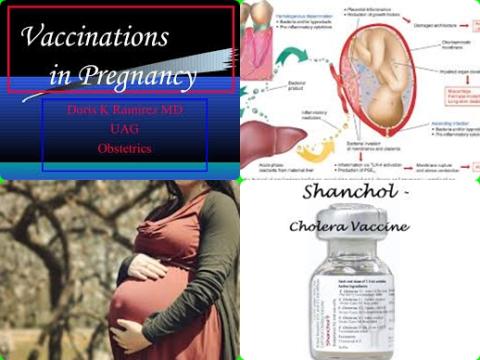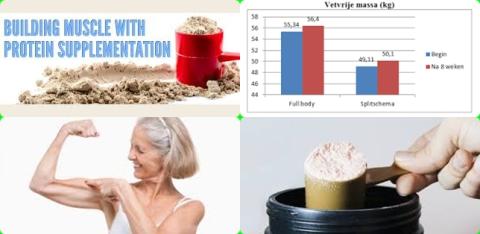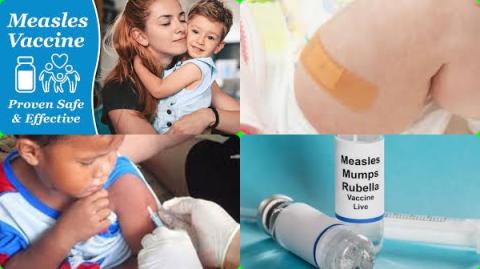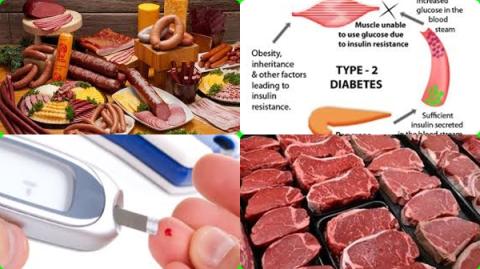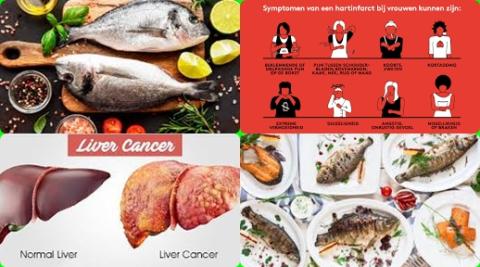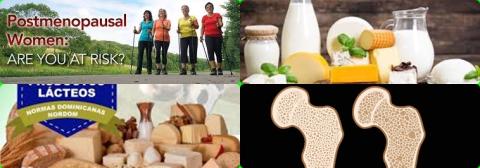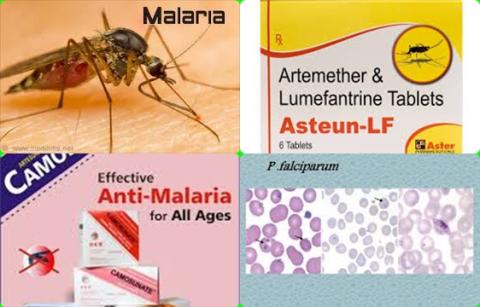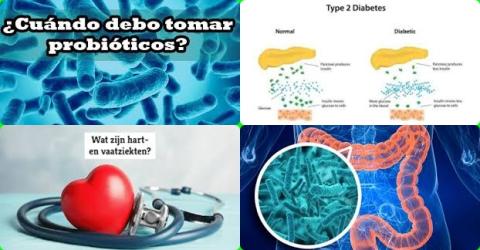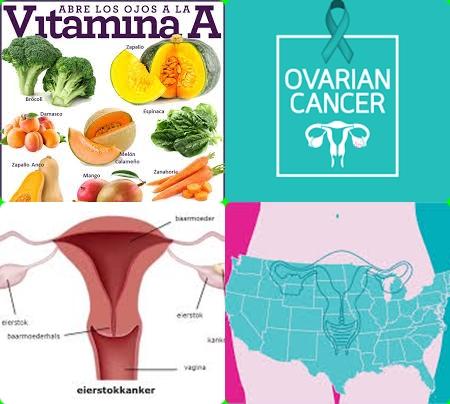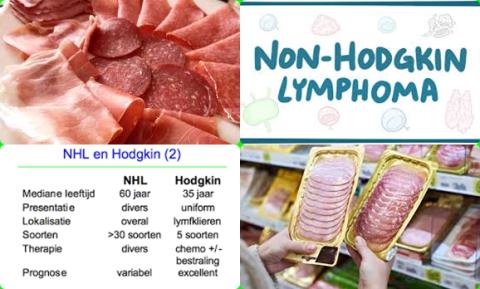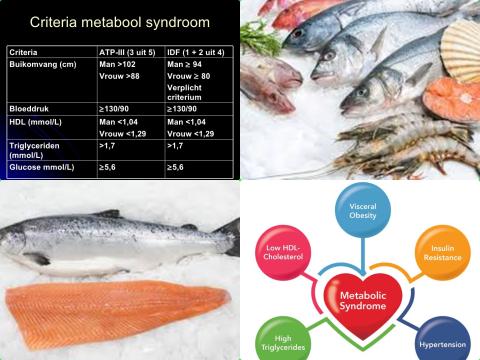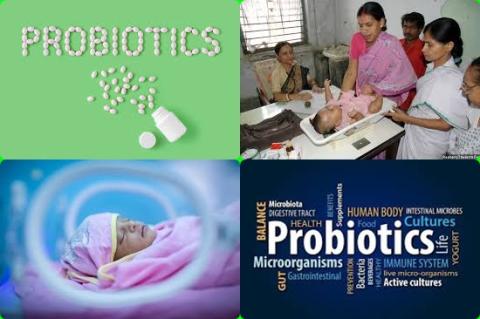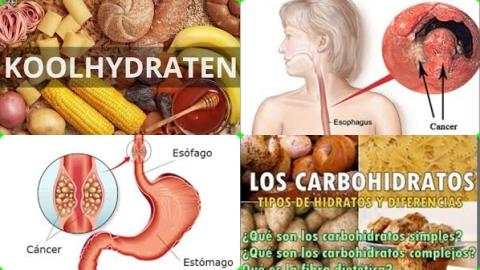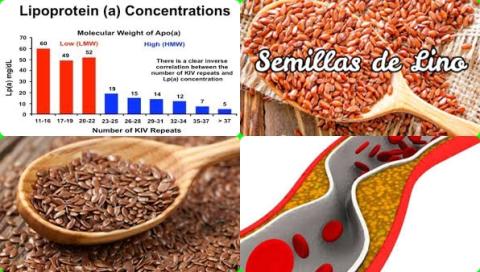30 min/day light-intensity physical activity reduce cancer mortality
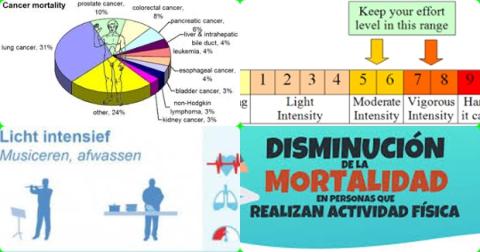
Objectives:
The impact of light-intensity physical activity (LPA) in preventing cancer mortality has been questioned. Therefore, this review article has been conducted.
Does light-intensity physical activity reduce cancer mortality?
Study design:
This review article included 5 prospective cohort studies, in which the definition of light-intensity physical activity based on accelerometer readings was mainly set within 100 to 2,100 counts/min.
Results and conclusions:
The investigators found 30 min/day of light-intensity physical activity significantly reduced cancer mortality with 14% [summary HR = 0.86, 95% CI = 0.79 to 0.95, I2 1%] and the association between light-intensity physical activity and risk reduction in cancer mortality was linearly shaped [p nonlinearity = 0.72].
The investigators found light-intensity physical activity exhibited a comparable magnitude of risk reduction in cancer mortality of moderate-to-vigorous physical activity regardless of equal time-length [0.87 per 30 min/day vs. 0.94 per 30 min/day, p interaction = 0.46] or equal amount [0.74 vs. 0.94 per 150 metabolic equivalents-min/day, p interaction = 0.11].
The investigators found, furthermore, replacing sedentary time by light-intensity physical activity of 30 min/day significantly decreased the risk of cancer mortality by 9%.
The investigators concluded 30 min/day of light-intensity physical activity reduce cancer mortality.
Original title:
Objectively-Measured Light-Intensity Physical Activity and Risk of Cancer Mortality: A Meta-analysis of Prospective Cohort Studies by Qiu S, Cai X, […], Schumann U.
Link:
https://www.ncbi.nlm.nih.gov/pubmed/32303534
Additional information of El Mondo:
Find here more information/studies about sport nutrition and cancer.
Light intensity physical activity is an activity that is classified as 3 METS.
